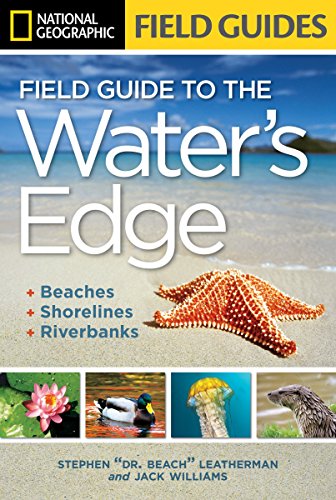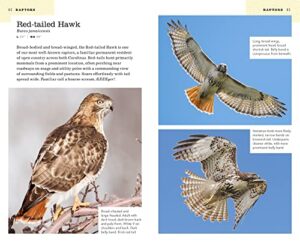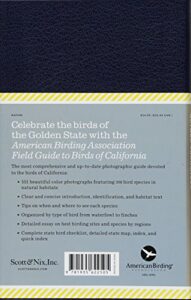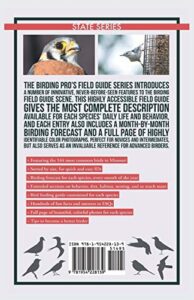The book guides the exploring naturalist to water’s edge destinations throughout North America including Canada and Alaska.
Main sections of the book cover three ocean coastlines–Atlantic, Gulf of Mexico, and Pacific; estuaries and wetlands; lakes, including the Great Lakes; and rivers, from the great Mississippi and Columbia to backyard streams. Identification guides and interesting information on plants, animals, shells, and other curiosities to be found along each water’s edge accompany photographs and illustrations. Useful and inviting sidebars enhance every page:
· Shore Science–Quick hits and fascinating facts of science along the water’s edge
· Stay Safe–Alerts about shoreline dangers and how to avoid or respond to them
· Beachcomber’s Guide–Illustrated key to objects found in each beach and shoreline region
· Save the Shore–Notes on how humans can hurt–and help–shoreline ecology
· Best Water’s Edge–Throughout, “Dr. Beach” recommends the top beach or shoreline destinations
The book is profusely illustrated with photographs, maps, and explanatory diagrams. An introductory section provides a thorough overview of the basic science of shorelines: How water interacts with land to form beaches; how various kinds of shorelines formed; why large waves are needed to form beaches; how floods and fast-moving water alters river shorelines; how the gravitational pull of the moon and sun cause the tides; why the oceans have tides but the Great Lakes don’t; how tides affect rivers far inland; the effects of latitude and climate on the formation of shorelines, including variations in plants and animals. This opening sets up all the science necessary to understand and use the rest of the book.
Product Features
- National Geographic Society





Useful for vacationers at the beach or shore This book is not intended to be a comprehensive guide to everything you may encounter on a beach or a shore. Neither will it be useful to a professional biologist or limnologist or marine scientist. It will be most useful for casual vacationers, and you will need to supplement it with more specific field guides to sea shells, marine invertebrates, birds, animals, etc., depending upon where that vacation will be spent. It is a great starting place for further study, especially for the…
Disappointing I expected a âfield guideâ in the traditional sense – pictures of plants and animals, with scientific names, ranges etc. This guide isnât like that at all. There might be 1 or 2 photos in a page, and the rest is text. I would look for a Peterson or Audubon field guide.
He’s going to love it and learning about Florida’s nature before arriving there Very detailed. Bought for my 13 year old to read on the way to Fl. He’s going to love it and learning about Florida’s nature before arriving there. Beautiful glossy pages.